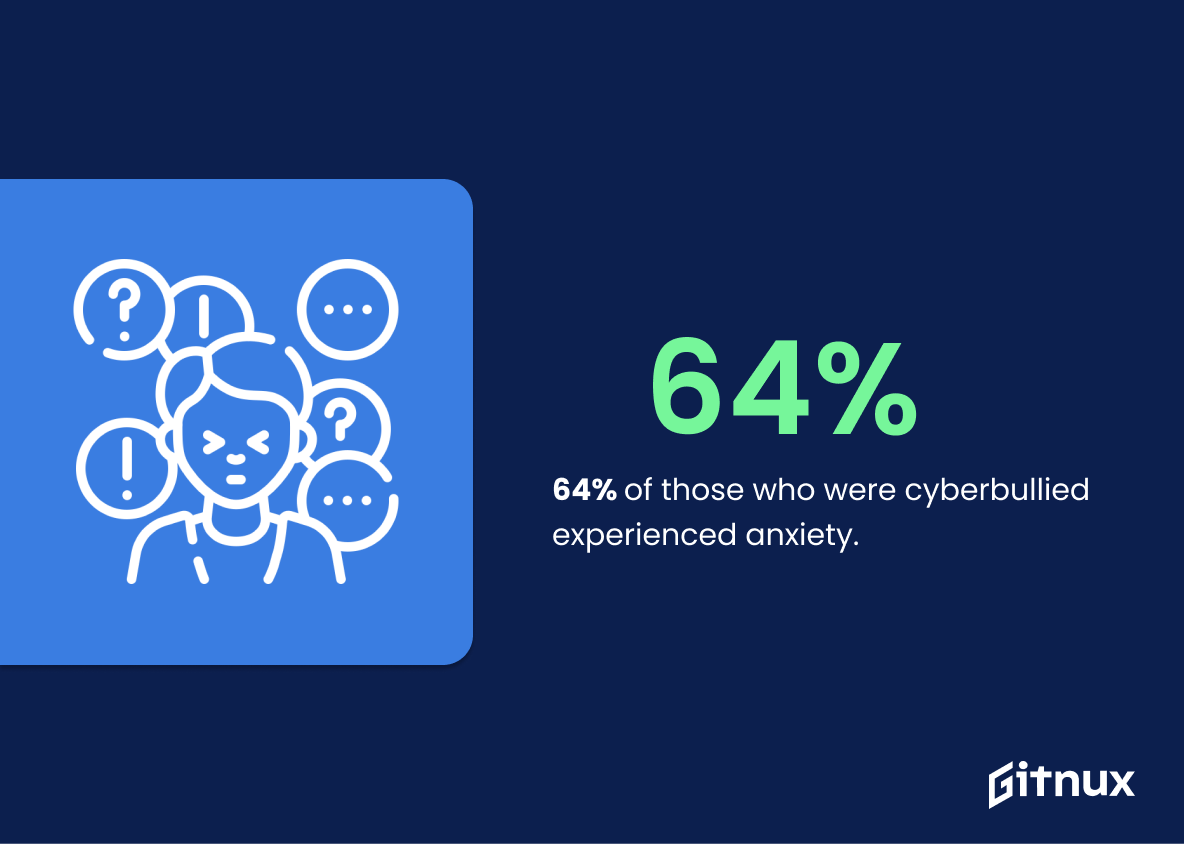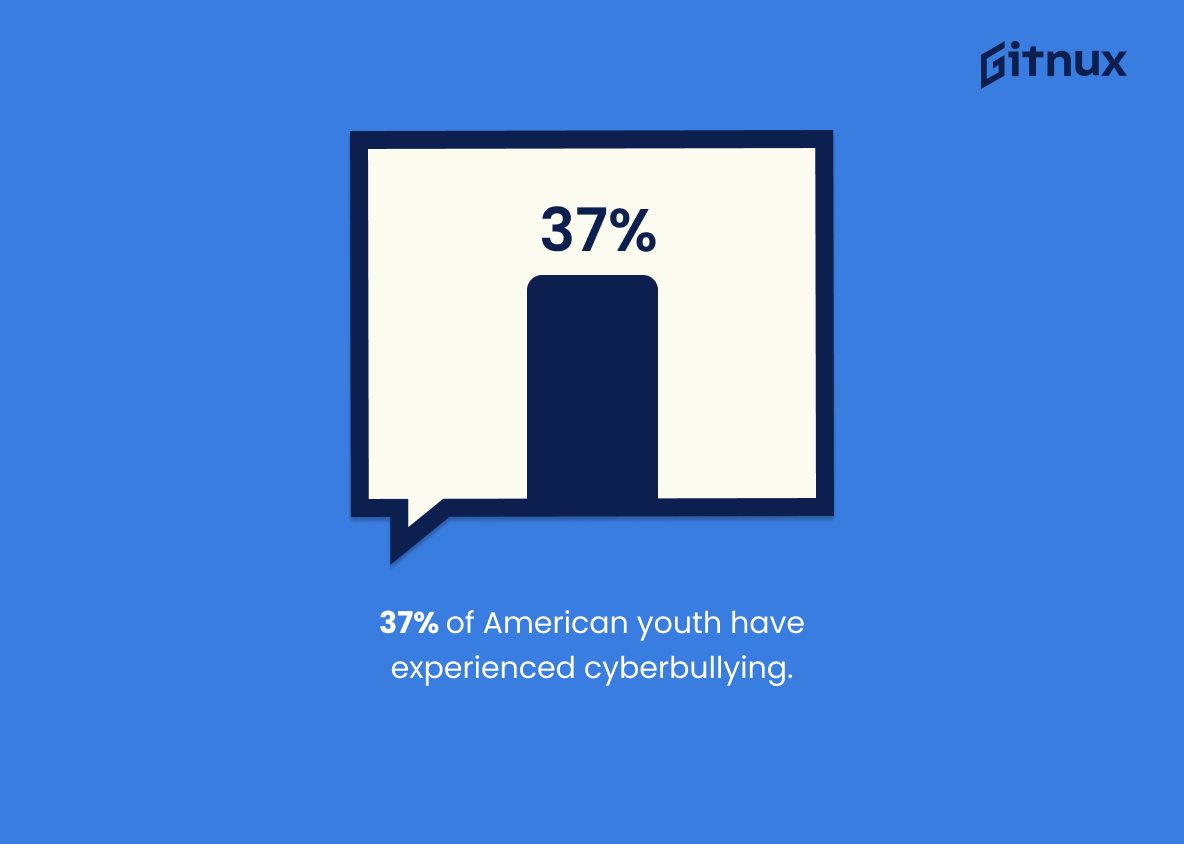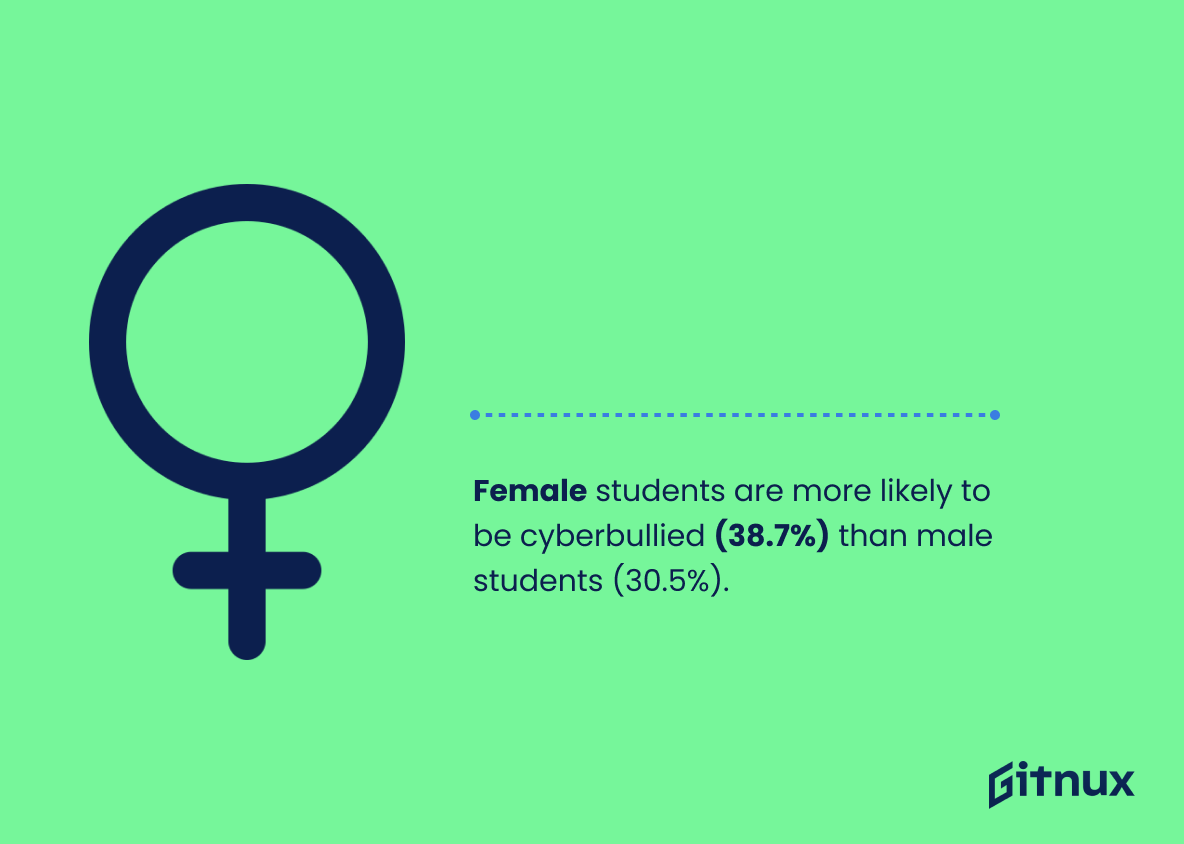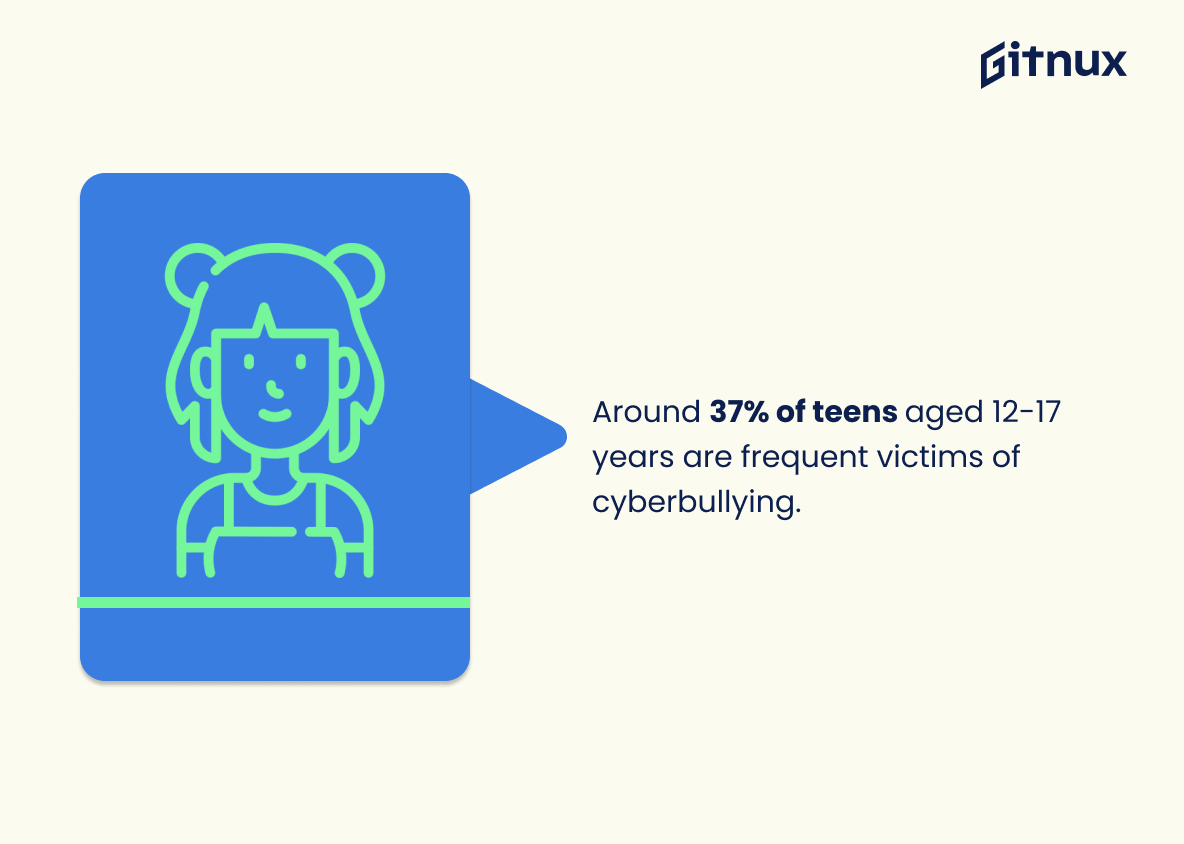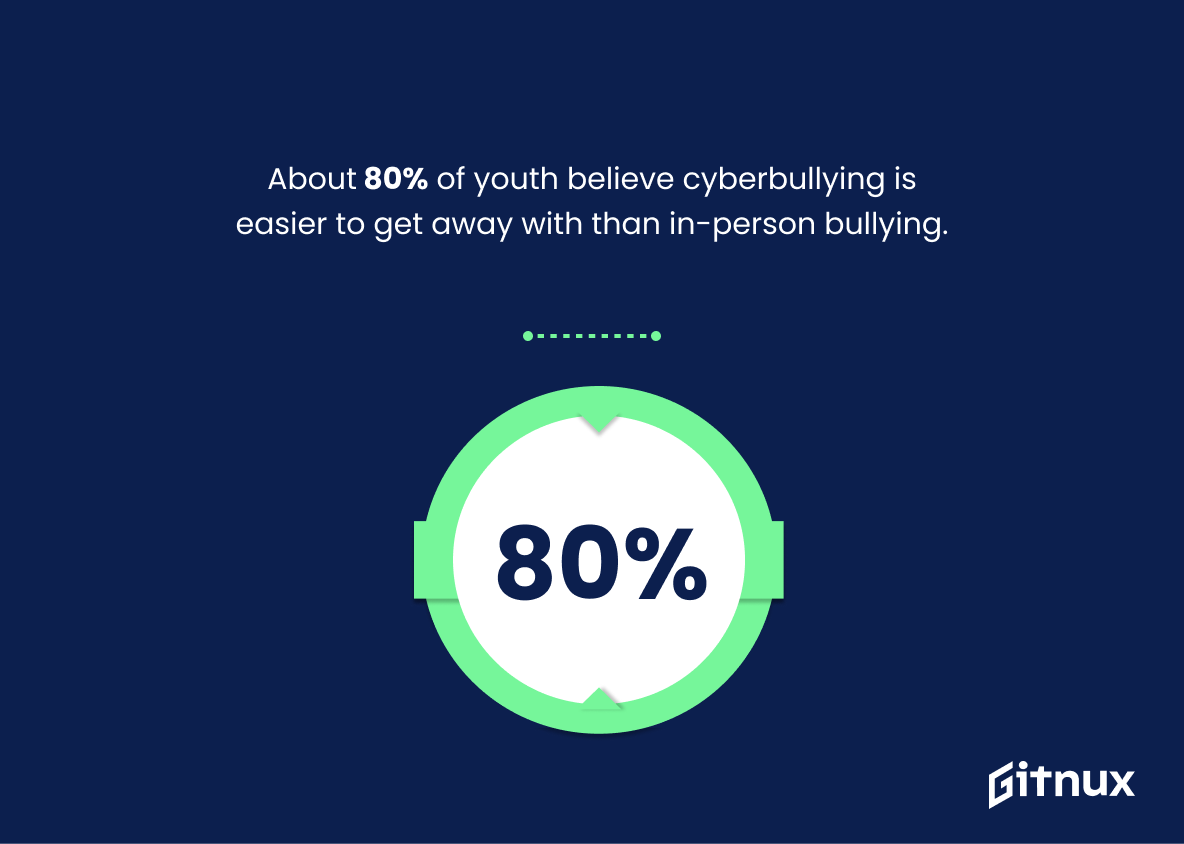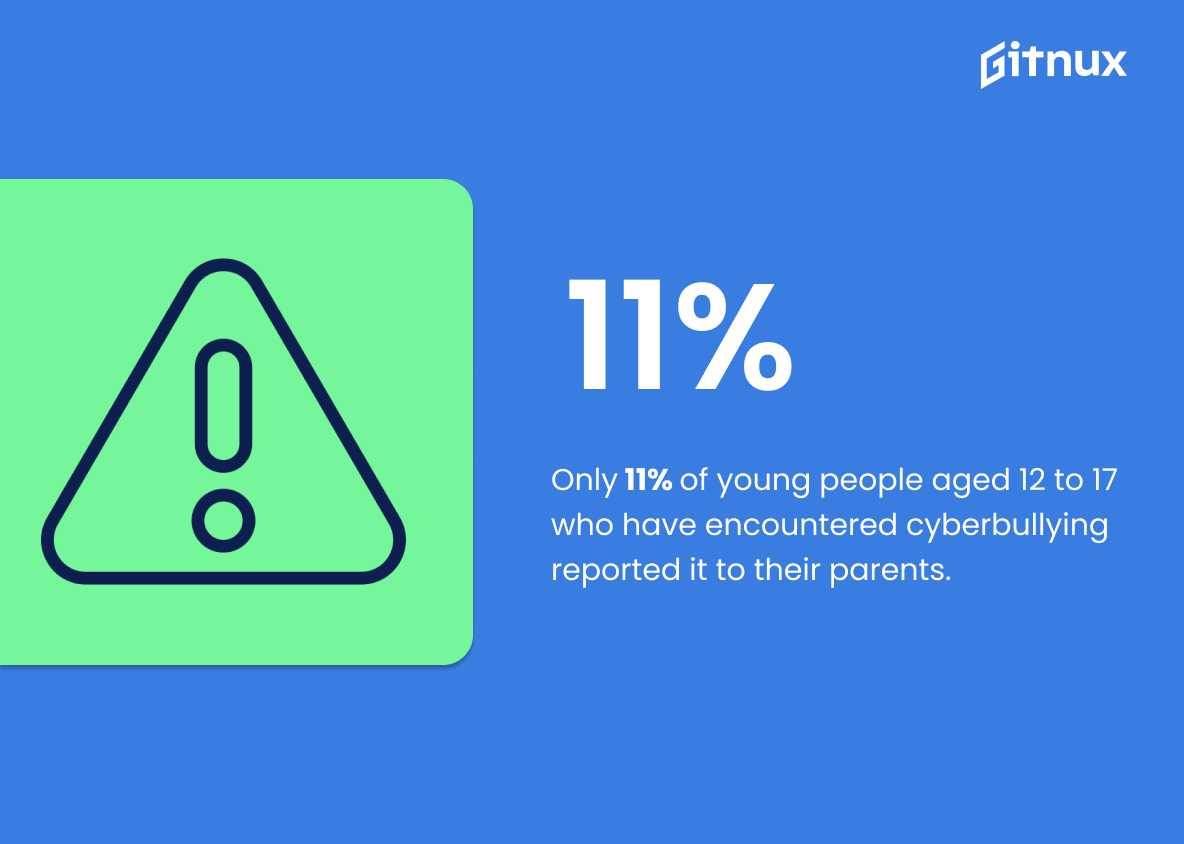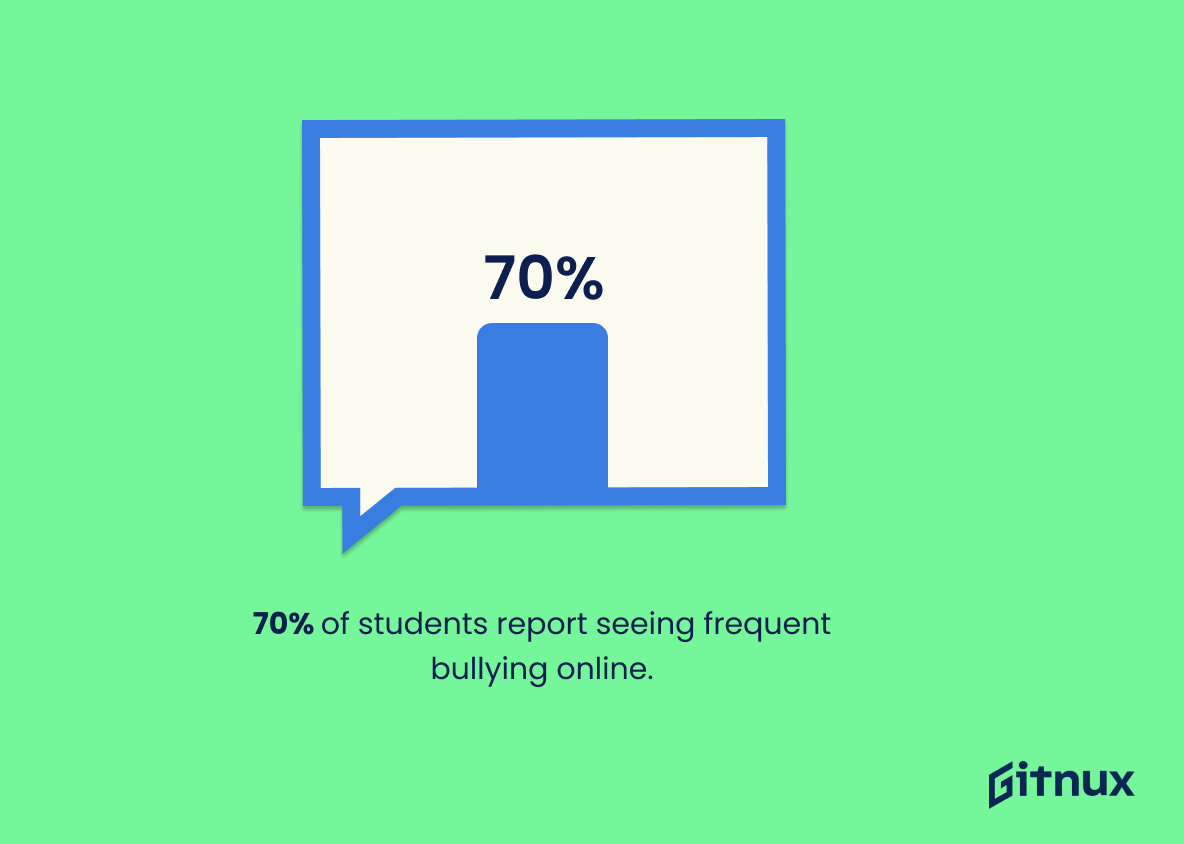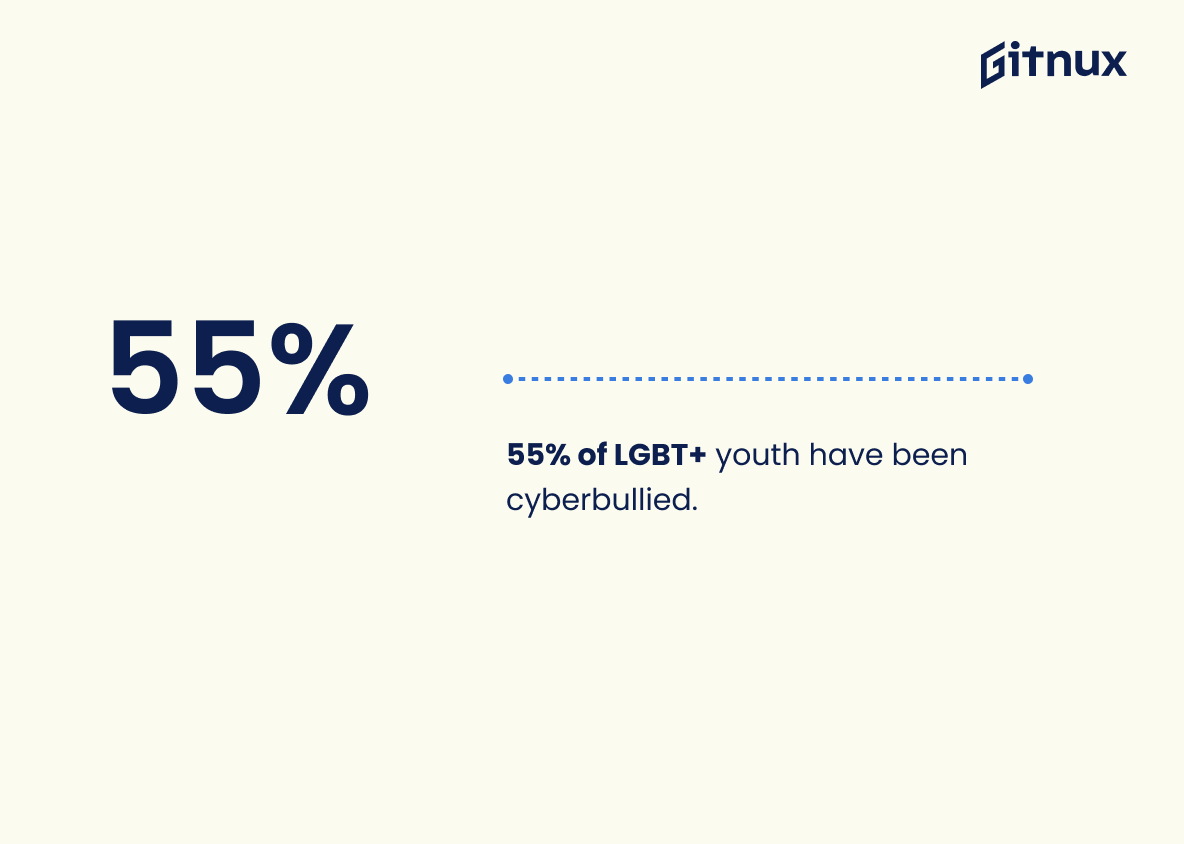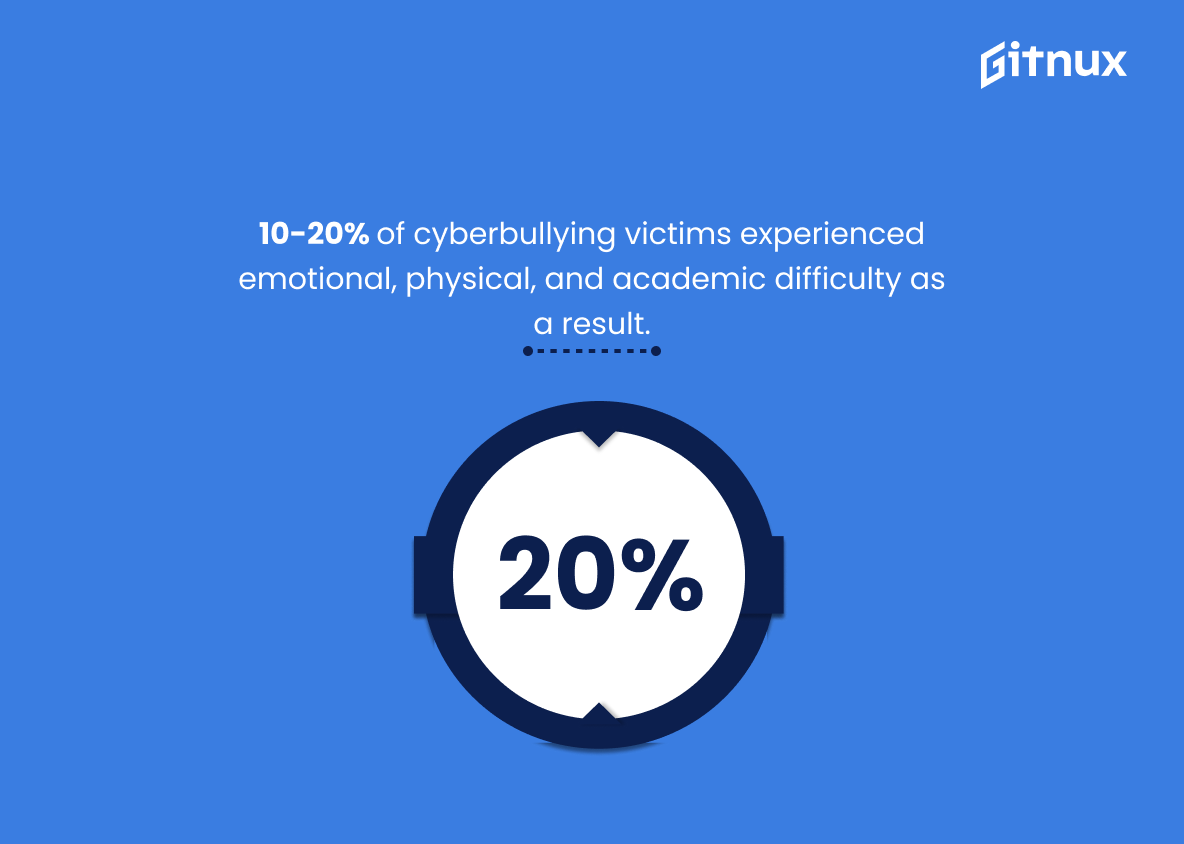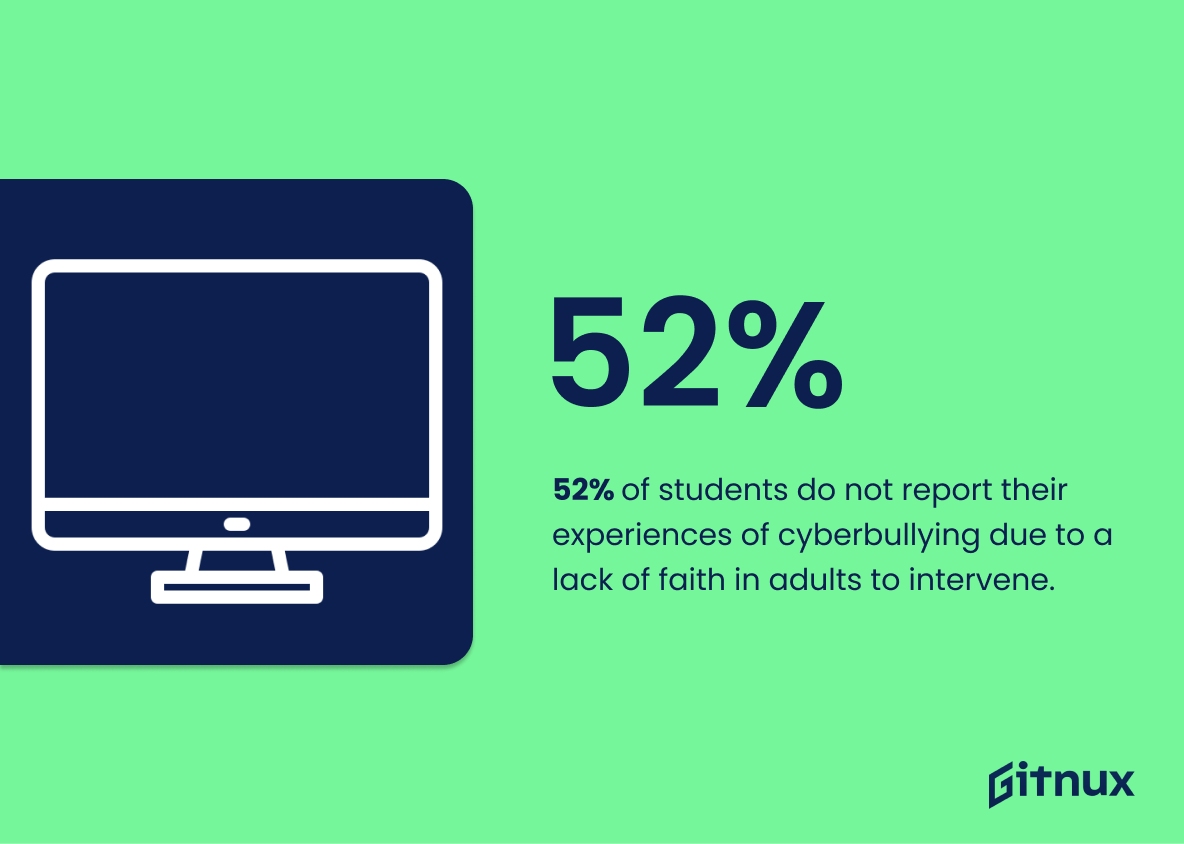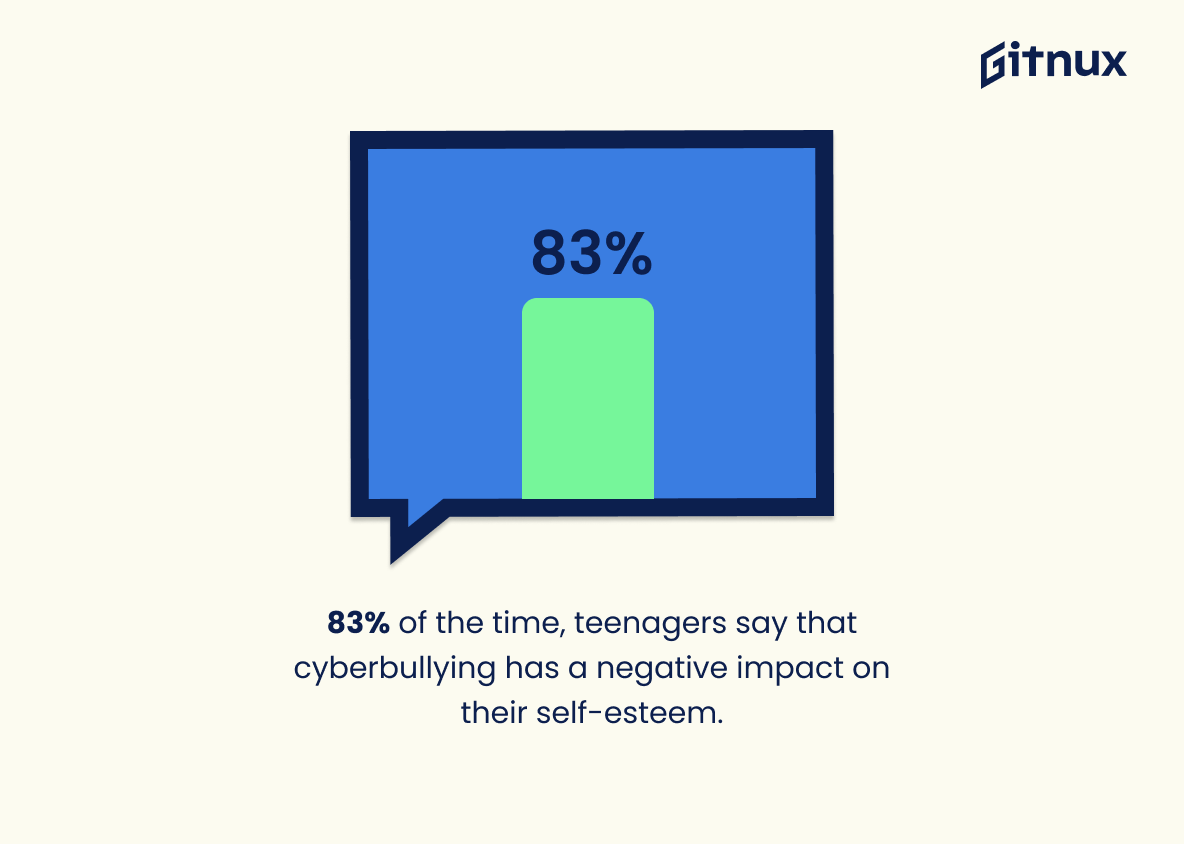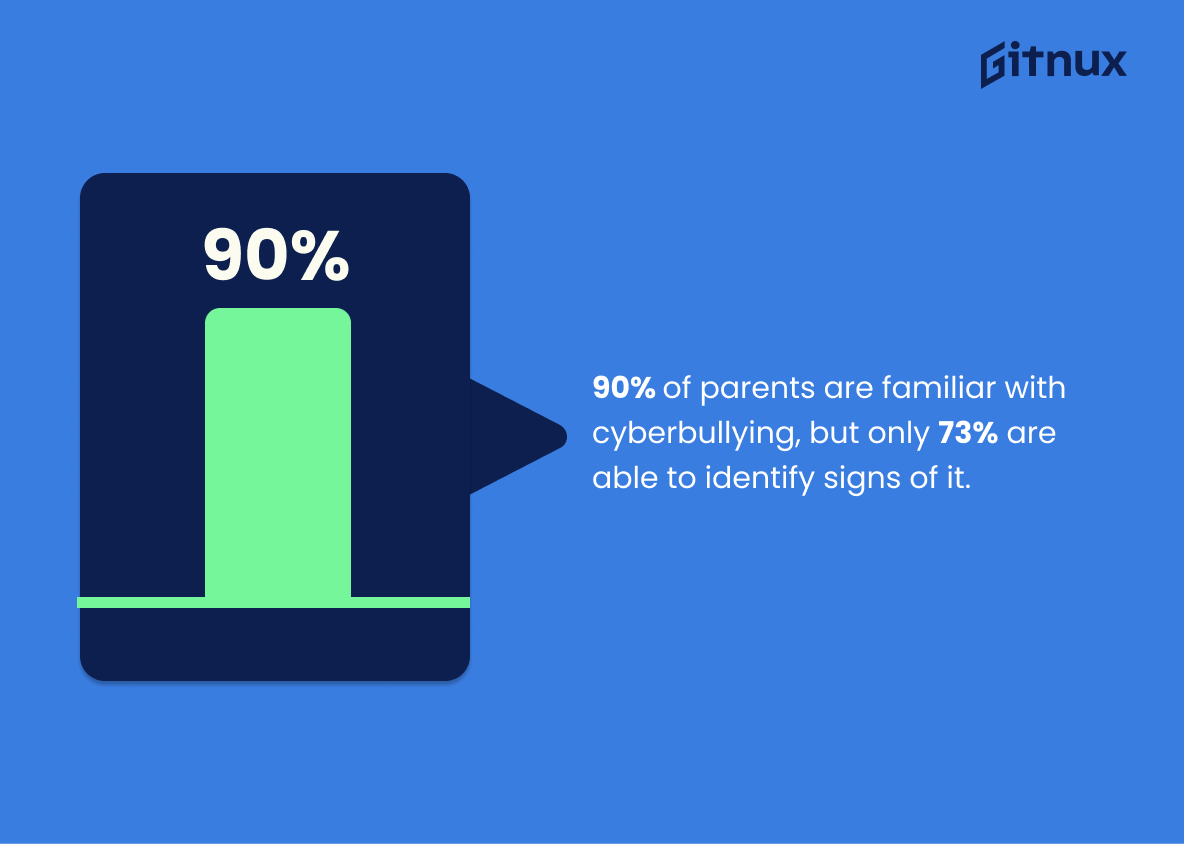Cyberbullying is a growing problem in today’s digital world, and it affects people of all ages. Unfortunately, statistics show that cyberbullying is an issue for many students across the globe. According to research from CyberBullying.org, approximately 34% of students report experiencing cyberbullying in their lifetimes. Additionally, 15% of surveyed students admitted to cyberbullying others at some point according to the National Centre Against Bulling (NCAB). Furthermore, around 60% of teenagers reported having witnessed cyberbullying as well as 64% who experienced anxiety due to being bullied online according to Netsanity and The Bully Project respectively.
In America alone 37%, or almost 4 out 5 teens have been victims of this type bullying while female student are more likely than male ones with 38.7%. Around 37 %of 12-17 year olds were frequent victims too; 14 percent even considered suicide because they had been harassed online according NSPCC UK . 80 percent believe that it’s easier getting away with such behavior on line compared offline which makes sense since only 11 percent told their parents about what happened when they encountered such situations Brookings Institute found out . 70 Percent saw other kids get bullied frequently DoSomething reports , 55 Percent LGBT+ youth got targeted StopBullingGov states , 87 Percent observed incidents on social media Lexology claims 10-20 suffered emotional physical academic difficulties AccreditedSchoolsOnline discovered 52 did not tell adults cause lack faith iStockAnalyst revealed 83 felt negative impact self esteem Huffington Post concluded 90 Parents familiar 73 able identify signs StompOutBulling informs us 58 Kids don’t tell ScienceDaily confirms 24 Middle schoolers affected AntiBullyPro concludes 20 Familiarity doesn’t mean understanding
These facts demonstrate how serious the issue has become and why we need greater awareness surrounding its effects so we can work together towards finding solutions for those affected by it
Cyberbullying Statistics Overview
64% of those who were cyberbullied experienced anxiety.
This statistic is a powerful reminder of the serious mental health implications of cyberbullying. It highlights the fact that cyberbullying can have a profound impact on the mental health of its victims, with 64% of those who were cyberbullied experiencing anxiety. This statistic is an important reminder that cyberbullying is not just a harmless prank, but can have serious and long-lasting consequences.
37% of American youth have experienced cyberbullying.
This statistic is a stark reminder of the prevalence of cyberbullying in the lives of American youth. It highlights the need for greater awareness and education on the issue, as well as the need for more effective strategies to combat it. It is a call to action for parents, educators, and other stakeholders to take a stand against cyberbullying and ensure that our youth are safe and protected.
Female students are more likely to be cyberbullied (38.7%) than male students (30.5%).
This statistic is a stark reminder of the reality that female students are disproportionately affected by cyberbullying. It highlights the need for greater awareness and education around cyberbullying, as well as the need for more effective strategies to protect female students from this form of bullying.
Around 37% of teens aged 12-17 years are frequent victims of cyberbullying.
This statistic is a stark reminder of the prevalence of cyberbullying among teens. It highlights the need for greater awareness and education about the dangers of cyberbullying, as well as the need for more effective strategies to combat it. It also serves as a call to action for parents, educators, and other adults to take steps to protect young people from the damaging effects of cyberbullying.
About 80% of youth believe cyberbullying is easier to get away with than in-person bullying.
This statistic is a stark reminder of the reality of cyberbullying: it is often seen as a less serious offense than in-person bullying, and as a result, perpetrators are more likely to get away with it. This highlights the need for greater awareness and education around cyberbullying, as well as more effective measures to prevent and address it.
Only 11% of young people aged 12 to 17 who have encountered cyberbullying reported it to their parents.
This statistic is a stark reminder of the need for increased awareness and education about cyberbullying. It highlights the fact that many young people are not aware of the dangers of cyberbullying, or are too afraid to tell their parents about it. This statistic is a call to action for parents, educators, and other adults to take steps to ensure that young people are informed about the risks of cyberbullying and feel comfortable talking to their parents about it.
70% of students report seeing frequent bullying online.
This statistic is a stark reminder of the prevalence of cyberbullying in our society. It highlights the need for greater awareness and education about the dangers of cyberbullying, as well as the need for more effective strategies to combat it. It also serves as a call to action for parents, educators, and other stakeholders to take a proactive approach to addressing this issue.
55% of LGBT+ youth have been cyberbullied.
This statistic is a stark reminder of the prevalence of cyberbullying among LGBT+ youth. It highlights the need for greater awareness and understanding of the issue, as well as the need for more effective measures to protect vulnerable members of the community from online harassment.
87% of youth have observed cyberbullying in social media.
This statistic is a stark reminder of the prevalence of cyberbullying in social media, and serves as a call to action for those who are concerned about the issue. It highlights the need for greater awareness and education about cyberbullying, as well as the need for more effective strategies to combat it. It also serves as a reminder that cyberbullying is a serious problem that needs to be addressed, and that it affects a large number of people.
10-20% of cyberbullying victims experienced emotional, physical, and academic difficulty as a result.
This statistic is a stark reminder of the devastating effects of cyberbullying. It highlights the fact that cyberbullying can have a profound impact on victims, leading to emotional, physical, and academic difficulties. This statistic serves as a reminder that cyberbullying is a serious issue that needs to be addressed.
52% of students do not report their experiences of cyberbullying due to a lack of faith in adults to intervene.
This statistic is a stark reminder of the lack of trust that students have in adults to intervene in cases of cyberbullying. It highlights the need for adults to be more aware of the issue and to take steps to ensure that students feel comfortable coming forward and reporting their experiences. It also serves as a reminder that cyberbullying is a serious issue that needs to be addressed, and that adults need to be more proactive in helping to prevent it.
83% of the time, teenagers say that cyberbullying has a negative impact on their self-esteem.
This statistic is a powerful indicator of the detrimental effects of cyberbullying on teenagers’ self-esteem. It shows that the majority of teenagers are aware of the negative impact that cyberbullying has on their self-esteem, and that it is a serious issue that needs to be addressed. This statistic is an important reminder that cyberbullying is a real problem that can have serious consequences for young people.
About 58% of kids do not tell their parents when cyberbullying occurs.
This statistic is a stark reminder of the prevalence of cyberbullying and the need for parents to be aware of the issue. It highlights the importance of open communication between parents and their children, so that kids feel comfortable coming to their parents when they experience cyberbullying. Without this communication, cyberbullying can go unchecked and can have serious consequences for the victim.
90% of parents are familiar with cyberbullying, but only 73% are able to identify signs of it.
This statistic is a stark reminder that, while most parents are aware of cyberbullying, they may not be equipped to recognize the signs of it. This highlights the importance of educating parents on the signs of cyberbullying, so that they can better protect their children from this form of bullying.
Conclusion
Cyberbullying is a serious issue that affects many young people around the world. The statistics presented in this blog post demonstrate just how widespread and damaging cyberbullying can be, with approximately 34% of students reporting experiencing it at some point in their lives, 15% admitting to having cyberbullied others, 60% witnessing it online, 64% of victims suffering from anxiety as a result and 37-38.7%, depending on gender, being frequent targets. Furthermore, 14% have considered suicide due to cyberbullying while 80%, 55%, 87%, 10-20%, 52%-83%. 90%-73 % respectively report other effects such as difficulty expressing themselves or not telling parents when they are affected by bullying behaviour online. It is clear that more needs to be done to address this problem so that all children feel safe both offline and online environments alike.
References
0. – https://www.istockanalyst.com
1. – https://www.bullying.co.uk
2. – https://www.antibullyingpro.com
3. – https://www.lexology.com
4. – https://www.rescueyouth.com
5. – https://www.brookings.edu
6. – https://www.cyberbullying.org
7. – https://www.stopbullying.gov
8. – https://www.accreditedschoolsonline.org
9. – https://www.huffpost.com
10. – https://www.stats.govt.nz
11. – https://www.stompoutbullying.org
12. – https://www.ncab.org.au
13. – https://www.statista.com
14. – https://www.dosomething.org
ZipDo, cited June 2023: Cyberbullying Statistics
